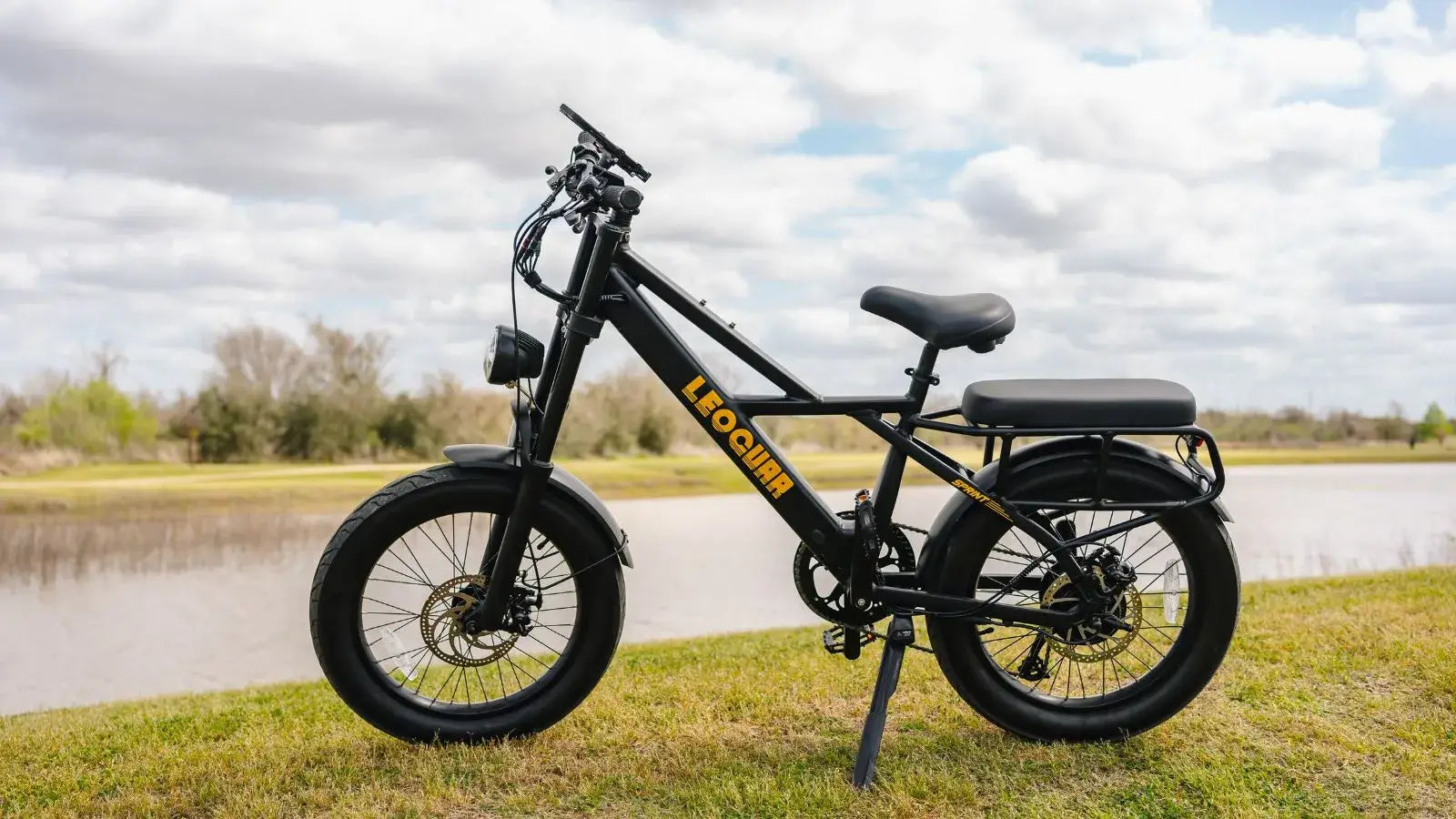
Best Bicycle Kickstand Guide for Every Bike Type
What Is a Bicycle Kickstand and Why It Matters
A bicycle kickstand looks simple, but picking the right one can be tricky. You need to think about your bike type, whether it's a road bike, mountain bike, or folding bike. The wrong kickstand can make your bike wobbly, hurt the frame, or waste your money.
This guide will help you understand everything about kickstands. We'll talk about different types, what to look for, and give you our best picks for each bike style. This will save you time and help you avoid buying the wrong one.
For those in a hurry, here are our quick picks:
| Bike Type | Top Pick (Model Name) | Best For... |
|---|---|---|
| Road & Performance | Upstand Detachable | Ultralight, minimalist setup |
| Mountain & Trail | Pletscher Multi Zoom | Durability and trail clearance |
| Commuter & Touring | Ursus Jumbo Double Leg | Maximum stability with heavy loads |
| Folding Bike | Model-Specific Center Mount | Seamless integration and function |
The Great Kickstand Debate: Do All Bikes Need One?
Many cyclists argue about whether kickstands are useful or just extra weight. This debate isn't just about how well they work - it's about cycling style and what matters most to you. Understanding both sides will help you decide what's right for your riding.
The Purist's View
Performance cyclists usually don't want kickstands on their bikes. Their reasons are simple and focus on speed and looks. Weight is the biggest concern - every gram matters on a road bike or mountain bike where you need to be fast and agile.
Adding 250-500 grams feels like a penalty to performance riders. Noise is another problem because kickstands can rattle on bumpy roads or catch on rocks during trail rides. This creates distraction and danger.
Finally, looks matter a lot. High-end bikes have clean, smooth designs, and a kickstand can ruin that carefully planned appearance.
The Pragmatist's View
Other riders care more about convenience and protecting their bikes. Commuters, touring cyclists, and parents with child seats find kickstands very useful. You don't have to hunt for walls, posts, or trees to lean your bike against every time you stop.
This convenience also keeps your bike safe from scratches and damage that happen when you lean it against rough surfaces like brick or concrete. For anyone loading bags, groceries, or a child, a stable kickstand is almost necessary. It holds the bike steady so it won't tip over when the weight shifts.
Our opinion is that the choice depends entirely on how you use your bike. There's no right or wrong answer, only what works best for you.
Bike Kickstand Types: Side, Center, Double-Leg & More
To pick the right kickstand, you need to know the main designs. They're grouped by where they attach and how many legs they have.
By Mounting Location
Center-Mount kickstands attach to a special plate on the frame behind the pedals. This is common on city and hybrid bikes. They balance the bike's weight very well, but they can sometimes get in the way of the pedals when folded up.
Many bikes, especially road and mountain bikes, don't have the mounting plate needed for this type. Rear-Mount kickstands clamp onto the bike's frame tubes near the back wheel. This type works with almost any bike since it doesn't need a special mounting plate.
It keeps the pedal area clear and gives great stability, especially for bikes with heavy bags or racks. The main problem is that the clamp might slip or stress the frame if you tighten it too much or install it wrong.
By Leg Design
Single-leg kickstands are the classic design most people know. One leg swings down to hold the bike up at an angle. They're simple, light, and work well for everyday use.
Double-leg kickstands work like a motorcycle stand with two legs that make a wide, stable base. When you use them, they often lift the back wheel completely off the ground. This gives amazing stability and is perfect for heavy electric bikes, cargo bikes, or when you need to work on your bike.
The downside is they're much heavier and bulkier than single-leg types.
| Type | Best For | Pros | Cons | Common Bike Fit |
|---|---|---|---|---|
| Center-Mount | City, Commuter, Hybrid | Excellent balance, clean look | Requires mounting plate, can interfere with pedals | Bikes with built-in mounting plate |
| Rear-Mount | MTB, Touring, any without center mount | High compatibility, no pedal interference | Can slip, potential stress on frame | Most bike frames |
| Single-Leg | General Purpose, Lightweight bikes | Lightweight, simple, low-profile | Less stable than double-leg | All bike types |
| Double-Leg | Cargo, E-bikes, Touring, Maintenance | Maximum stability, lifts rear wheel | Heavy, bulky, more complex | Commuter, Touring, and Cargo bikes |
For bikes with heavy loads, rear-mount kickstands usually work better. They handle weight over the back wheel really well.
How to Choose the Best Kickstand for Your Bike
Besides the basic type, several details determine if a kickstand will work perfectly with your bike or cause problems.
Frame Compatibility
This is the most important thing to check. Look at your bike frame for a built-in mounting plate behind the pedals. If you have one, a center-mount kickstand is your easiest choice.
If not, you'll need a clamp-on rear-mount model. Look at the frame tubes that run from the pedals to the back wheel - are they round, oval, or square-shaped? The shape affects how well a clamp can hold on.
Important warning for carbon frames: never clamp a kickstand onto a carbon fiber frame. The clamping pressure can crush the carbon tubes, causing them to break and voiding your warranty.
Material and Weight
The material affects weight, strength, and cost. Steel is very strong and lasts a long time but weighs the most. Aluminum is the most popular choice because it balances strength and light weight well.
It's standard for most good aftermarket kickstands. For cyclists who care most about weight, some designs use materials like carbon fiber, but they're rare and expensive.
Adjustability
Bikes have different wheel sizes and frame shapes, which changes how tall the bike sits. A kickstand that can't be adjusted might leave your bike leaning at a dangerous angle or standing too straight up. Look for a kickstand with adjustable length, usually controlled with a bolt or push-button system.
This lets you set the perfect lean angle for your specific bike, whether it has 24-inch or 29-inch wheels.
Load Capacity
Think about the total weight your kickstand needs to hold up. This matters a lot for electric bikes, which can easily weigh 50-70 pounds before you add any cargo. A fully-loaded touring bike can be even heavier.
For these bikes, you need a heavy-duty kickstand rated for high weight, often more than 55 pounds. Also look for a model with a wide foot or base. A bigger foot gives much better stability on soft ground like grass or dirt, stopping the kickstand from sinking in.
Top-Rated Bicycle Kickstands by Bike Type (2025 Update)
Here are our specific recommendations based on real testing and the unique needs of each bike type.
For Road Bikes
Road cyclists want accessories that are light, simple, and don't hurt performance. A permanent kickstand usually isn't an option.
Recommendation: Upstand Detachable Stand
This kickstand is incredibly light because it's made of carbon fiber and doesn't attach permanently to the bike. A small piece attaches near the back wheel, and you carry the stand itself in a pocket or bag. In our tests, it adds almost no weight to the bike itself.
The downside is it's a separate piece, so you might forget it or lose it. You also have to bend down to position it every time you use it.
For Mountain Bikes
A mountain bike kickstand must be tough, secure, and have good ground clearance so it won't catch on trails. A rear-mount design almost always works best.
Recommendation: Pletscher ESGE Multi Zoom
This kickstand is famous in the touring and off-road community for good reason. It's incredibly strong, made from high-quality aluminum, and its rear-mount design keeps it away from the pedals. During our test on a bumpy ride, this kickstand stayed firmly in place with no rattling.
Its adjustability fits bikes with 26-inch to 29-inch wheels. It is heavier than simple options and its clamp might not fit all unique or oversized frame designs.
For Folding Bikes
Folding bikes create a unique challenge because the kickstand must be small and not interfere with the complex folding system.
Recommendation: A Brand-Specific Center-Mount
Many folding bike companies like Brompton or Tern make kickstands designed specifically for their models. These fit perfectly, provide good stability for small wheels, and are guaranteed not to block the fold. They are often made only for specific models and can't be used on other bikes.
You must check compatibility carefully before buying.
For Commuter and Touring Bikes
For bikes that carry heavy loads, stability is the most important thing. A double-leg kickstand is clearly the best choice in this category.
Recommendation: Ursus Jumbo or Pletscher Twin
These are the workhorses of the kickstand world. We found the wide stance provides rock-solid stability, making it safe to load heavy bags or a child seat without worrying about the bike tipping. Lifting the back wheel off the ground is also a huge bonus for chain maintenance.
They are heavy and bulky though. Using them can be awkward at first, and they hang lower than other types, which can be a problem if you need to clear high curbs.

Kickstand Installation Tips and Maintenance Advice
Proper installation is key to a kickstand's performance and safety. A poorly installed kickstand can damage your frame or fail when you need it most.
Installation Guide
First, gather your tools - you'll typically need Allen keys and possibly an adjustable wrench. For a center-mount, place it over the mounting plate, and for a rear-mount, position the clamp on the frame tubes. Make sure it won't interfere with the chain, brake disc, or cables.
Tighten the bolts step by step, switching between them if there are multiple bolts. Be firm but don't overtighten, especially with clamp-on models on aluminum frames. We recommend putting a piece of old rubber inner tube between the clamp and frame - this protects your bike's paint and improves grip to prevent slipping.
With the bike standing on its wheels, deploy the kickstand and adjust its length so the bike leans at a stable angle, typically 10-15 degrees. It should be secure but not so upright that wind could tip it over to the other side.
Quick Maintenance Tips
Check that all mounting bolts are tight regularly since vibrations from riding can loosen them over time. Apply a drop of oil to the pivot mechanism once or twice a year to keep it smooth and quiet.
Keep the pivot free of mud and dirt, as this can cause early wear and make the kickstand hard to operate. Check the foot of the kickstand for wear, especially if it's plastic - a worn-out foot can become slippery and lose its grip.
Frequently Asked Questions
1. Q: Can I install a kickstand on any bike?
A: Most bikes can have a kickstand installed, but it depends on your frame design. Bikes with a center mounting plate can use center-mount kickstands, while others need rear-mount clamp-on models. Never clamp a kickstand to a carbon fiber frame as it can cause damage.
2. Q: Will a kickstand affect my bike's performance?
A: A kickstand adds weight (typically 250-500 grams) and can create some wind resistance, which performance-focused cyclists often want to avoid. For casual riding, commuting, or touring, the convenience usually outweighs any small performance impact.
3. Q: How do I know what length kickstand I need?
A: Most quality kickstands are adjustable to fit different wheel sizes and frame geometries. Look for models that can be adjusted for your specific bike to ensure the proper lean angle of 10-15 degrees when deployed.
4. Q: Are double-leg kickstands worth the extra weight?
A: Double-leg kickstands are worth it if you carry heavy loads, have an electric bike, or frequently need to perform maintenance. They provide much better stability than single-leg models but are significantly heavier and bulkier.
5. Q: How often should I maintain my kickstand?
A: Check the mounting bolts for tightness every few months and apply a drop of lubricant to the pivot mechanism once or twice a year. Keep the pivot clean of dirt and debris, and inspect the foot for wear regularly.
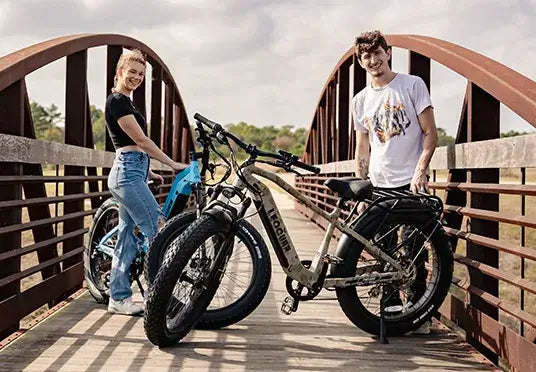
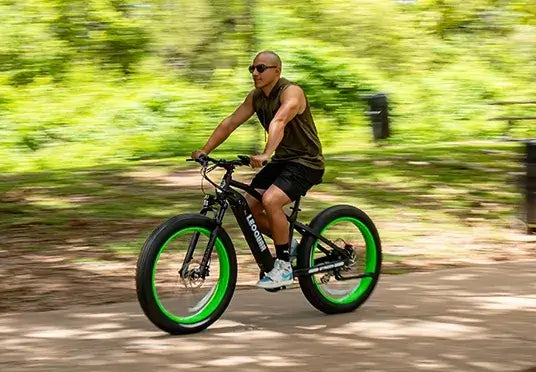


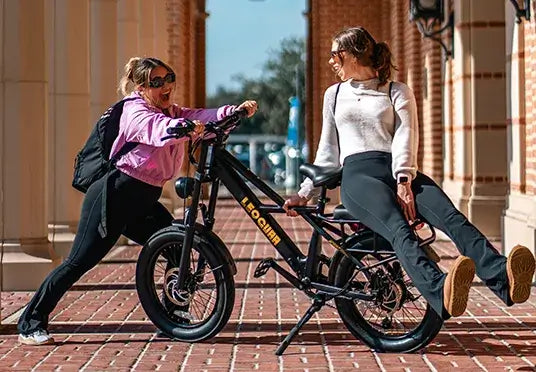
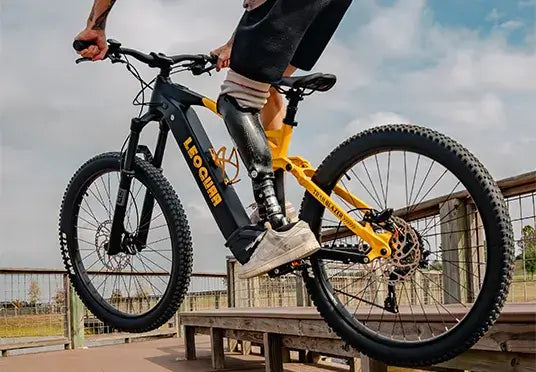































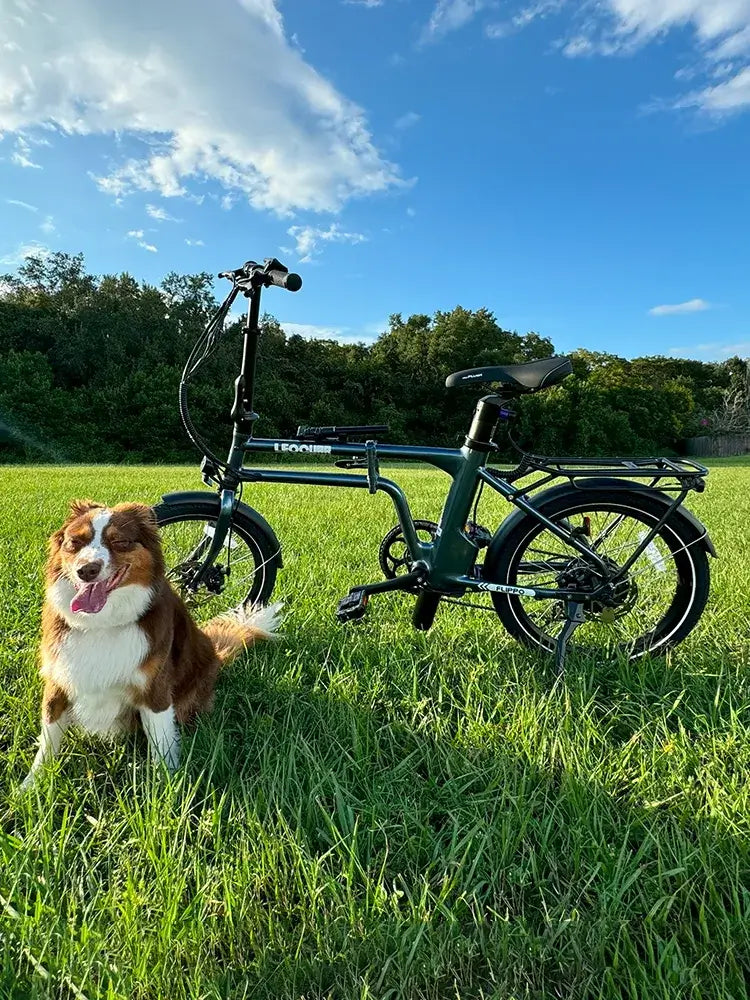










Leave a comment
Please note, comments must be approved before they are published.
This site is protected by hCaptcha and the hCaptcha Privacy Policy and Terms of Service apply.